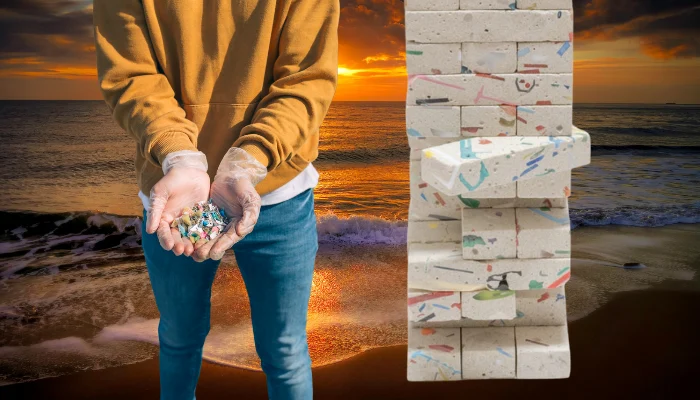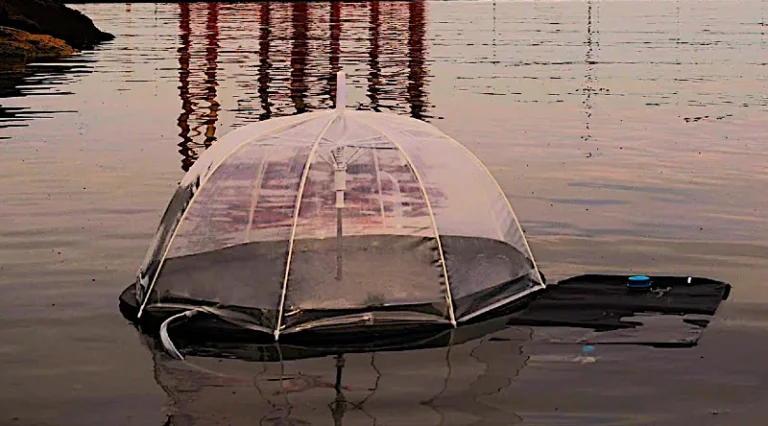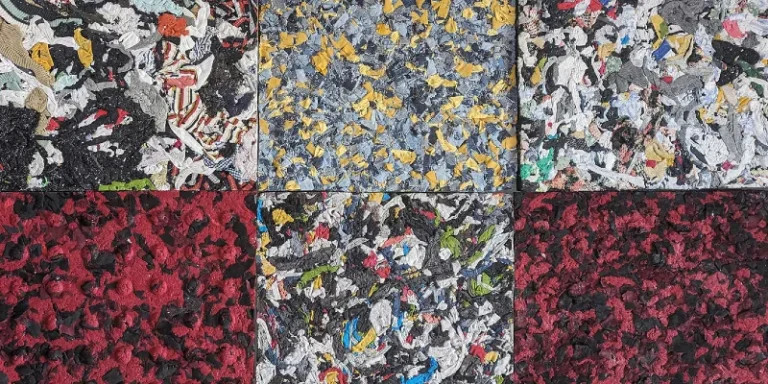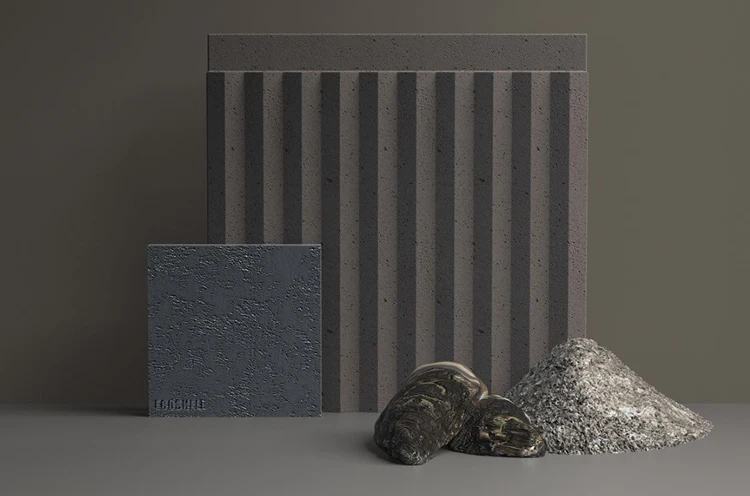Marine debris is an escalating global crisis. Every year, millions of tons of plastic waste end up in our oceans, posing a severe threat to marine life and ecosystems. According to the Ellen MacArthur Foundation, by 2050, there could be more plastic in the ocean than fish if current trends continue. We certainly need innovative solutions to combat marine pollution, and plenty of them.
Here’s one! “Debris,” a tower-stacking game made from marine plastic, designed by Shoma Furui and manufactured by Kem Kobayashi. This game isn’t just about fun; it’s a creative tool to raise awareness about environmental impact and inspire action. Here’s how it works and why it matters.
From Trash to Game: The Making of Debris

The idea for Debris emerged from observing the overwhelming amount of plastic litter on Makuhari Beach in Chiba City.
Furui and Kobayashi decided to transform this waste into something meaningful.
The game is like Jenga or Uno Stacko, with tiles crafted from marine plastics collected from local beaches. Each tile features unique color patterns, reflecting the season and specific collection sites, making each set distinct.
To ensure the game is environmentally friendly, the designers use VOC-free (volatile organic compounds) and water-based acrylic resin as a binding agent. This approach not only recycles waste but also minimizes the environmental footprint of the product itself.
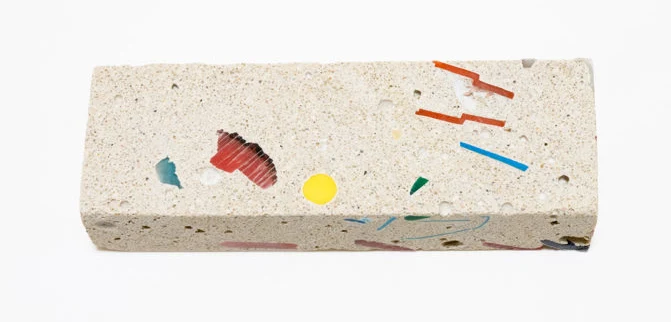
The Environmental Impact of Microplastics
Microplastics are a hidden menace. These tiny plastic fragments, often less than 5mm in size, result from the breakdown of larger plastic debris. They are notoriously difficult to clean up and can remain in the environment for centuries.
Marine animals, mistaking them for food, can ingest these particles, leading to dire health consequences and even death. Additionally, microplastics can enter the human food chain through seafood consumption, posing potential health risks.
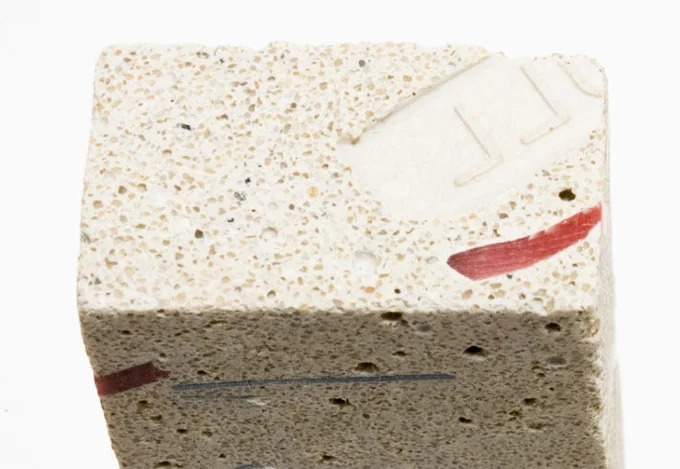
Raising Awareness Through Play
While Debris is undoubtedly a fun game, its primary purpose is educational. By interacting with pieces of plastic that were once pollutants, players are reminded of the pervasive issue of marine debris. This tangible connection encourages players to reflect on their own consumption habits and the broader impact of plastic waste on the environment.
The game also prompts players to consider the lifecycle of products and materials. Each piece of plastic in Debris had a previous life as discarded trash. Through the game, players can contemplate the origins and implications of these materials, fostering a deeper understanding of sustainability.
Sustainable Design and Disposal
The sustainability of Debris extends beyond its materials. The game is designed to be fully recyclable, ensuring that it won’t contribute to landfill waste at the end of its life.

Designer Shoma Furui explained the inspiration and purpose behind Debris:
“To me, as a beachcomber, weathered trash fragments are collectibles, each with its own story, ranging from children’s toys and parts of character figurines to industrial components, melted resin clumps, fishing gear, and fragments of artificial turf and triangular cones likely carried by the strong winds around Makuhari Beach. The variety of trash colors and their proportions provide insights into the local environment and more.
These minute debris pieces eventually bury into the sand, gradually eroding into invisible microplastics. Although the amount of garbage flowing from beaches constitutes a small fraction of the total waste, the impact of microplastics on the marine environment and our daily lives is considerable, as widely reported in various studies.
As a designer, I believe one way to contribute to resolving this issue is to ‘communicate’ it to those unaware.”

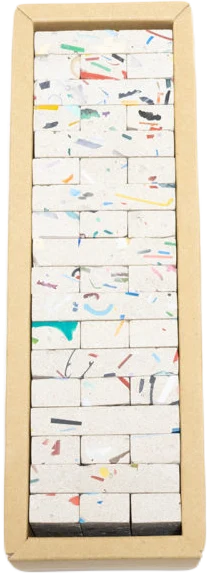
How Debris Compares to Alternatives
Traditional games like Jenga are typically made from wood, a renewable resource but one that still has an environmental footprint due to deforestation and manufacturing processes. In contrast, Debris repurposes existing waste, turning a harmful material into a beneficial product. This not only helps clean up our beaches but also reduces the demand for new raw materials.
By choosing Debris, consumers can actively participate in the fight against marine pollution. It’s a small but significant step towards a more sustainable future, demonstrating how innovative design can transform waste into a tool for education and change.
More To Discover
Debris is more than just a game; it’s a statement about our responsibility to the environment. By engaging with this product, we can better understand the impact of plastic waste and take action to mitigate it. As we stack the tiles and ponder their origins, we’re reminded of the urgent need to protect our oceans and marine life. Let’s embrace this innovative approach to sustainability and make a tangible difference.
Meet The Designer: Shoma Furui
Shoma was born and raised in the Osaka Prefecture in Japan. He graduated from Nagoya City University, Faculty of Design and Architecture. In 2023 and 2024 he was a finalist for the Kokuyo Design Award and received the Budbrand Award Sponsor’s Special Prize for Debris in April of this year. In 2022, he took home the Toyama Design Grand Prix. Shoma is currently employed at an electronics manufacturer in Japan.







